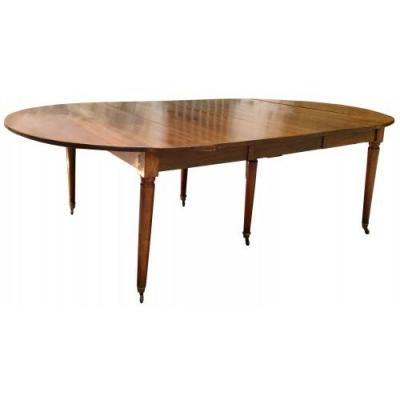The oval top with two extensions above an apron raised on 6 legs terminating in brass casters. In solid walnut . 18th century.Banded dining room table Louis XVI, circa 1780. Dining table bandeaux vintage eighteenth waxed walnut. Big and beautiful oval tray posing on six feet with golden bronze shoes mounted on wheels. The two rounded side portions fold vertically. The tray opens in the middle part to centrally dispose a set of extensions. The table can accommodate several extensions, supported by the four main legs of the table and two additional movable feet. The progressively scalable extension is ensured by two key slides slides oak wood stretching depending on the number of desired extensions. Each of the two extensions in solid walnut is provided with side strips mortise tenons to fit those of the table; this allows a homogeneous visual seyant, laterally hiding the extension of the slides while stiffening the entire table. Patinated identically and forming part of the structure, the two walnut extensions can therefore remain durable and aesthetic. Like all eighteenth century period furniture, this table is entirely mounted with pegged mortise tenons. In the photographs the table is presented with two extensions with bands in solid walnut; which allows him to receive ten to twelve seats. The addition of the flying raw length can allow two more covers, bringing the capacity of the table from twelve to fourteen guests. The tray measures with two extensions in walnut band (49.5cm each) 137.8 cm wide and 236.5 cm long. The larger the flying length of raw wood (40 cm), the plateau is 136 cm wide and 276.5 cm long. Closed without extending the table measures 136cm long and 137.5cm. Height 72cm. Use and maintenance restorations, in particular: the two original (vintage) oak slides have undergone a complete overhaul to facilitate their opening. The entire table has been treated in depth and weathered. It should be noted that the two banded outriggers in solid walnut are of manufacture, because the so-called flying timepieces were of more common essence.




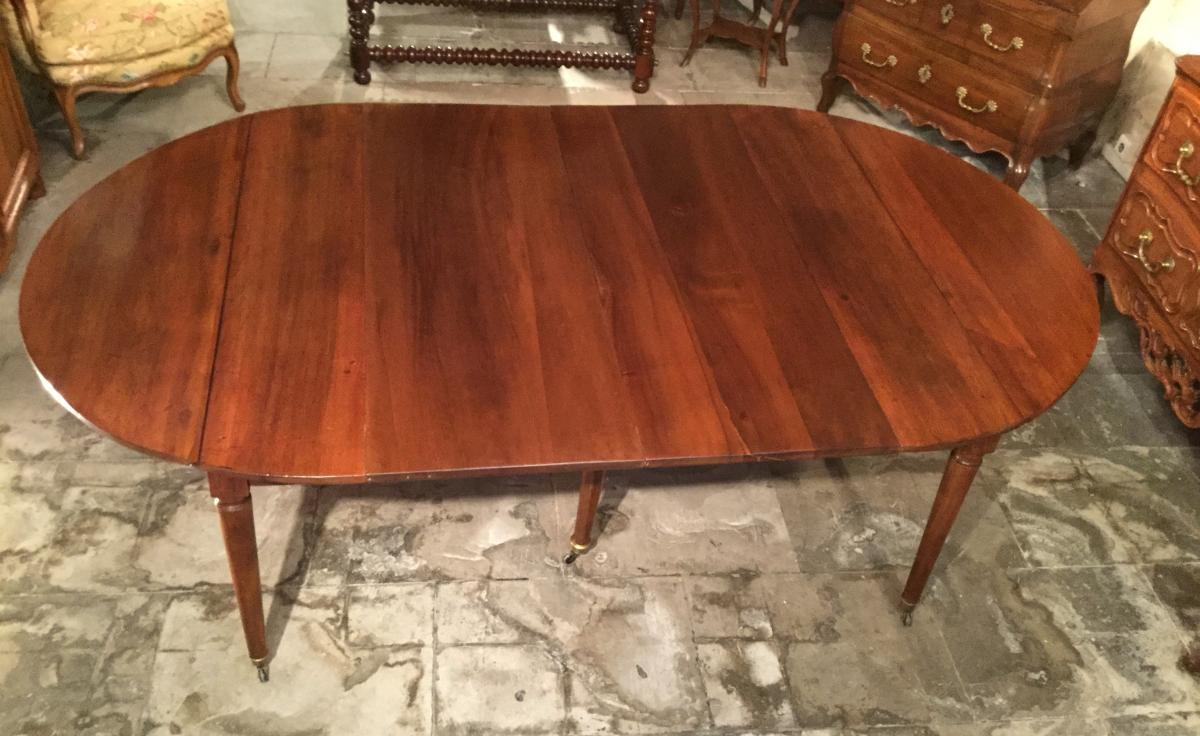
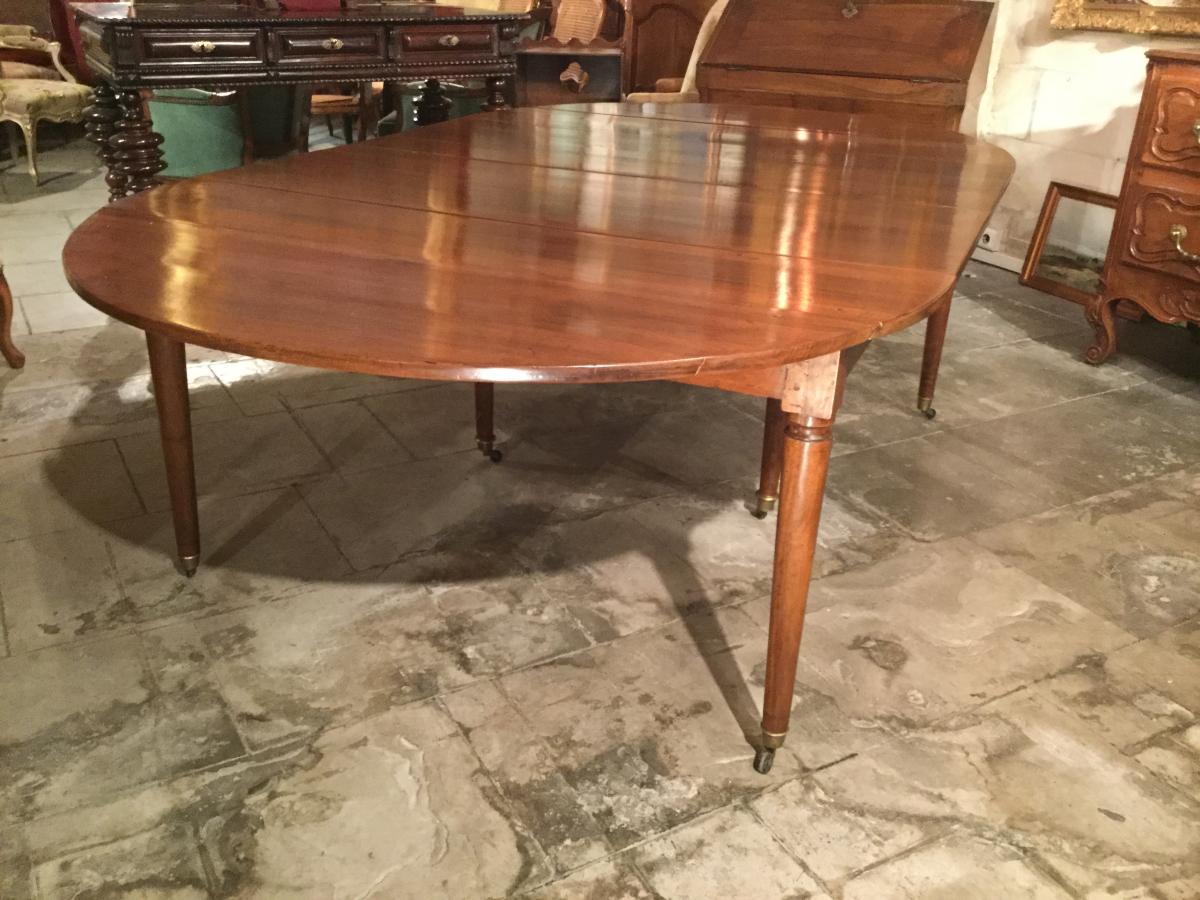










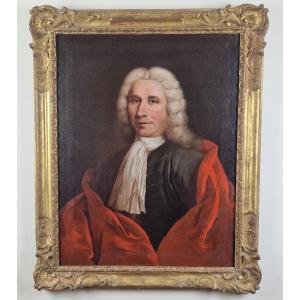

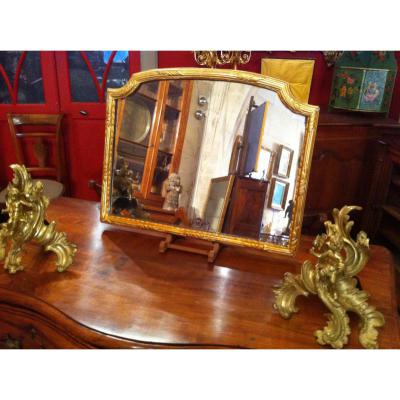



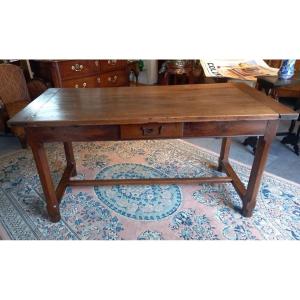








 Le Magazine de PROANTIC
Le Magazine de PROANTIC TRÉSORS Magazine
TRÉSORS Magazine Rivista Artiquariato
Rivista Artiquariato
